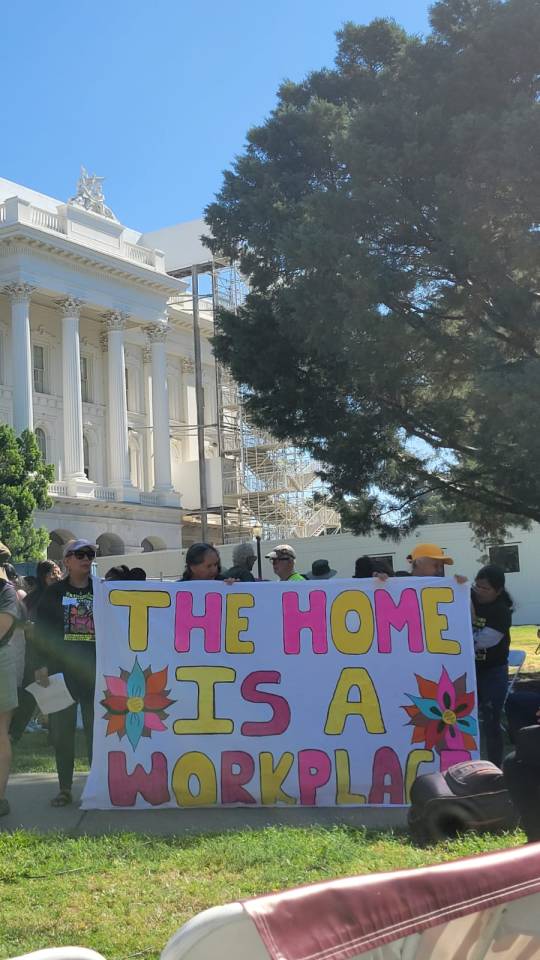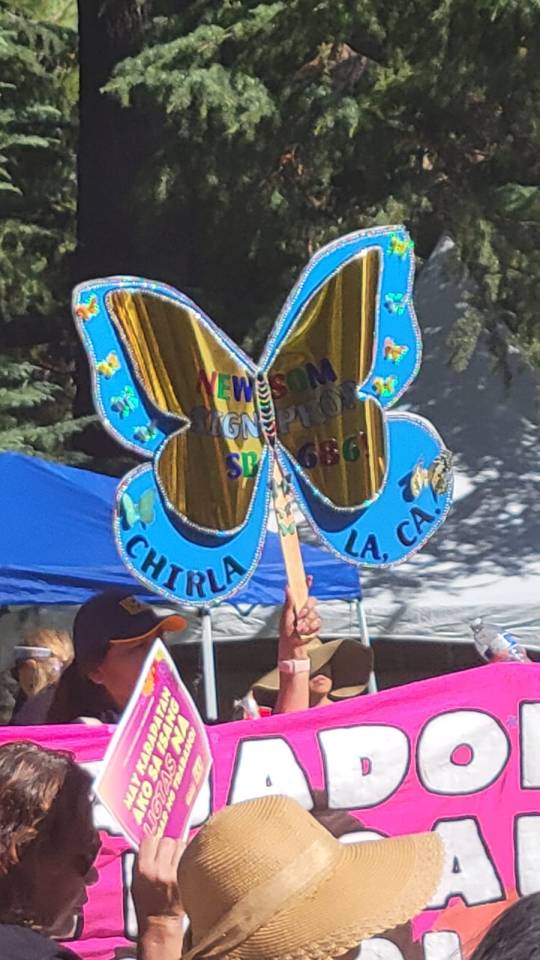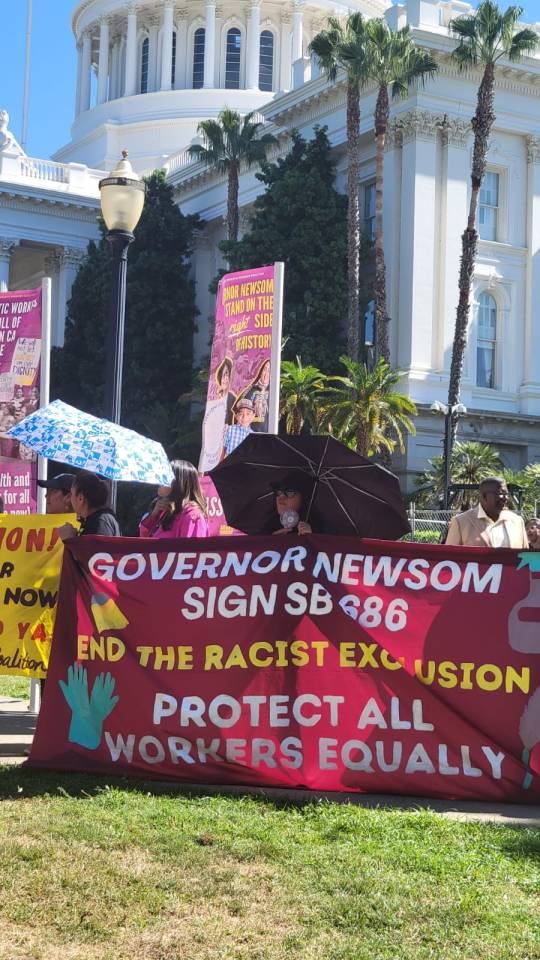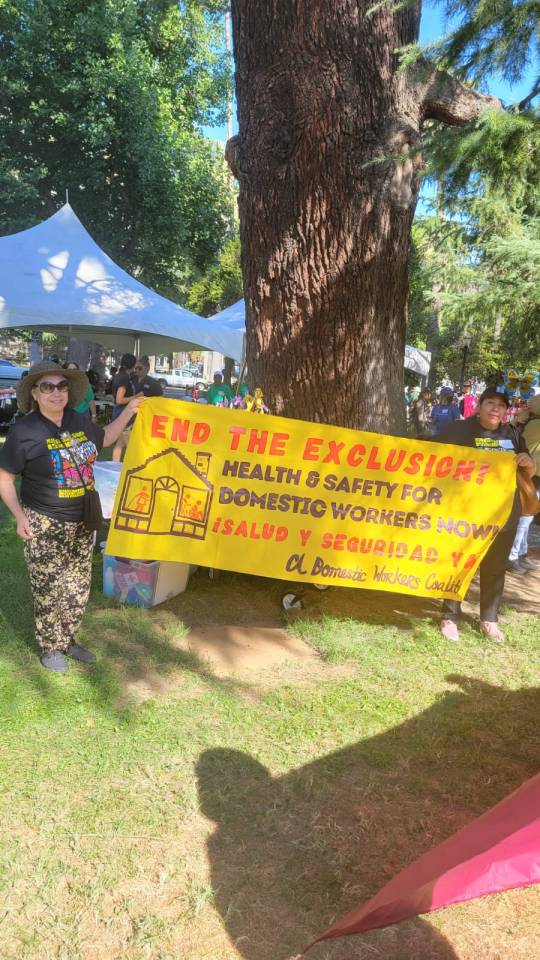The SUMUD: Resistance Until Liberation mural project is a collaboration between artists and activists in the U.S. and Palestine that explores and confronts the deep interconnections between the brutal systems of imprisonment in the U.S. and Palestine. ASATA members collaborated on the concept, design, and painting of a section of this mural titled Internationalism + The Fight Against Empire. See more about the SUMUD mural project here.
Internationalism + The Fight Against Empire By Haiti Action Committee, GABRIELA Oakland, Alliance of South Asians Taking Action (ASATA), and BAYAN Norcal
ASATA members volunteered at the SUMUD Mural Community Launch event on October 13th celebrating joy and resistance.
Read the full artist statement below:
As organizations with a history of working with each other, we understand the interconnectedness of our movements for liberation internationally, especially across the Global South. We know that the liberation of one of our homelands contributes to the liberation of all of us.
Our spoon was inspired by Handala, a 10-year-old Palestinian cartoon character created by the Palestinian cartoonist Naji al-Ali. Handala’s age represents Naji al-Ali’s age in 1948 when he was forcibly displaced and became a refugee after the Nakba. Hence, Handala remains 10 years old, and he is depicted with bare feet, spiked hair, and tattered clothing, and always has his back turned to the viewer to represent the fight against empire.
Our mural depicts Handala, hand in hand with a character robed in Lumud textiles of the indigenous communities in the Southern Philippines. This design is based off of a work by Cece Carpio, and for us in GABRIELA Oakland and BAYAN Norcal, resonates with our commitment as a movement to defend indigenous land against plunder and environmental degradation, from Palestine to the Philippines. On the far left, we also chose to include a peasant farmer. To this day, the Philippines remains a semi-feudal country, with peasants comprising the majority (75 percent) of the islands’ population. Our peasant figure represents the 500 year legacy of resistance among Filipinos, especially in the countryside, and the will of the landless class to take up the struggles for liberation and basic human rights.
On the other side of Handala, is a figure representing Haiti’s continuing resistance to colonialism, depicted by a boy similar in age to Handala, holding the flag of Haiti. The flag is a symbol of Haiti’s historic revolution and overthrow of slavery which gave birth to the first free Black nation in the Americas. Sculptural metal birds adorn both sides of the mural, and represent symbolic elements deeply rooted in Haitian spirituality and creative resistance.
The figure wearing a sari has designs on the pleats of the sari inspired by different countries in South Asia, as well as a design that represent the South Asian descendants of indentured servitude. We also incorporated a design inspired by Kashmiri weavers to connect the occupation and resistance struggles of Kashmir and Palestine. The figure was intentionally designed to challenge the binary of masculinity vs. femininity that exists within most patriarchal cisheteronormative South Asian cultures, and to include the colors of the pride and trans flags to represent solidarity with queer and trans communities. The South Asian figure holds a farming tool to represent the farmers’ movement and uprising.
Taking inspiration from Naji Al-Ali’s Handala, in which he wrote that the character stood as “the arrow of the compass, pointing steadily towards Palestine,” our figures stand before a landscape symbolizing a future of freedom and return. The image of a tree whose roots reach out to each figure, and whose branches touch the sky, is meant to symbolize the strength we draw from rootedness in ancestral lands, and in the interconnectedness of our struggles.
















